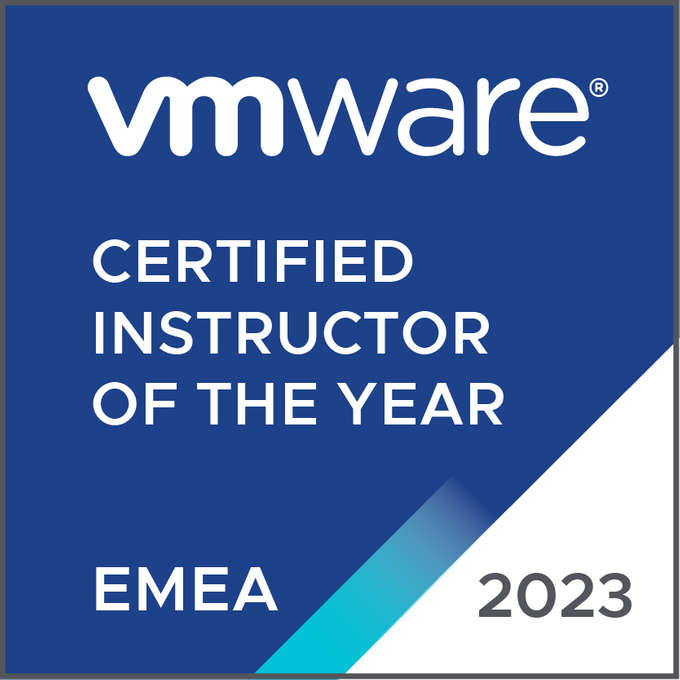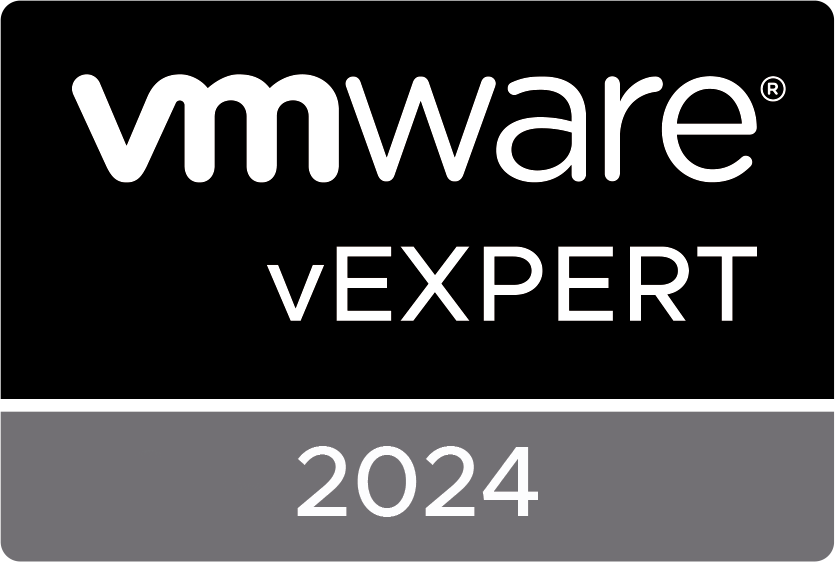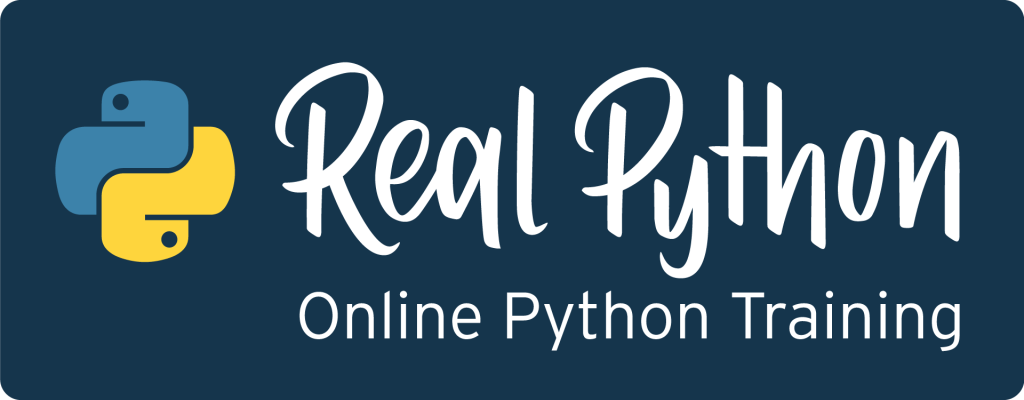 All the ESX servers I’m managing will be moved to a data centre next month. Since I never bothered to configure the ILO board, I faced a potential problem. When the servers are at a location where I can’t sit down behind a real console I must use ILO instead. You can configure the ILO board when you reboot your server and press <F8> but then all your VM’s will be out of the air. The other way is installing hponcfg in the service console.
All the ESX servers I’m managing will be moved to a data centre next month. Since I never bothered to configure the ILO board, I faced a potential problem. When the servers are at a location where I can’t sit down behind a real console I must use ILO instead. You can configure the ILO board when you reboot your server and press <F8> but then all your VM’s will be out of the air. The other way is installing hponcfg in the service console.
First you have to download three rpm files.
hponcfg-1.6.0-1.linux.rpm
hpasm-7.7.0-115.rhel3.i386.rpm
hprsm-7.7.0-99.rhel3.i386.rpm
Then copy those three files with WinSCP to the tmp folder of your server console.Logon to your service console and install the rpm files using the following command.
[root@esxhost tmp]# rpm -ihv hponcfg-1.6.0-1.linux.rpm hpasm-7.7.0-115.rhel3.i386.rpm hprsm-7.7.0-99.rhel3.i386.rpm
After that we have to activate hpasm and hprsm (cmasm2d will fail) .
# hpasm activate
# /opt/compaq/hprsm/hprsm activate
==============================================================================
NOTE: New cma.conf entries were added to the top of /opt/compaq/cma.conf
==============================================================================
Starting HP Lights-Out Drivers and Agents (hprsm): cpqriisd cmasm2d cmarackd
Starting cpqriisd:[ OK ]
Starting RIB agent (cmasm2d):[FAILED]
Starting Rack agent (cmarackd):[ OK ]
Create a test.xml file and copy it to your tmp folder.
<RIBCL VERSION="2.0">
<LOGIN USER_LOGIN="Administrator" PASSWORD="anytext">
<USER_INFO MODE="write">
<MOD_USER USER_LOGIN="Administrator">
<PASSWORD value="vmware2007"/>
</MOD_USER>
</USER_INFO>
</LOGIN>
</RIBCL>
Execute the following command and your password is vmware2007.
[root@esxhost tmp]# hponcfg -f test.xmltest.xml
Firmware Revision = 1.22 Device type = iLO 2 Driver name = cpqci
Script succeeded
You can find additional XML files to configure other ILO options here.
Continue reading "How to reset the ILO password on your ESX server" » With only one month ahead of us the
With only one month ahead of us the 




